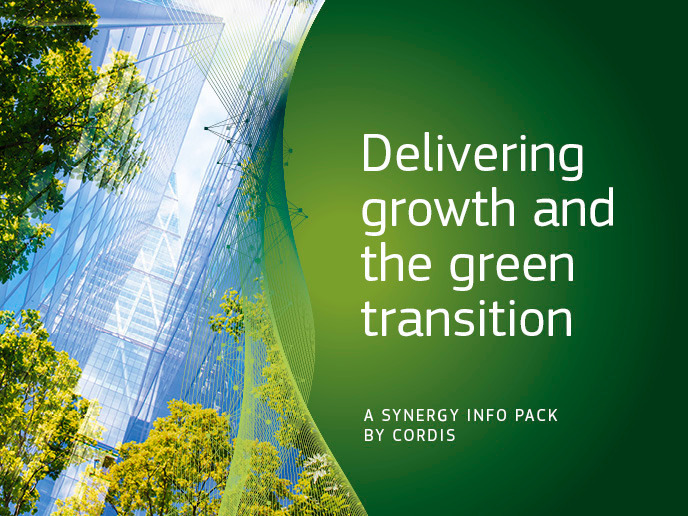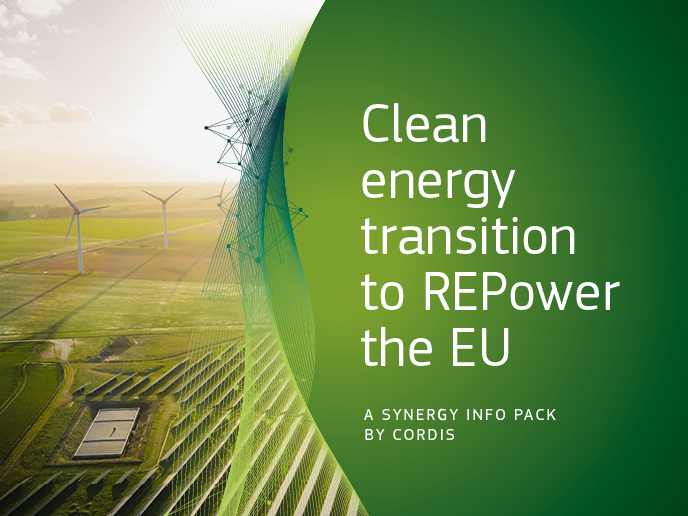Speeding up the design of new bioplastics
Many see new, bio-based forms of plastic as one way of reducing the impact of plastic pollution. But we need to be sure these new materials do not end up causing a different environmental problem. The RenEcoPol(opens in new window) project has demonstrated a method, using bioinformatics tools and ecodesign strategies, which can speed up the process of developing novel polyesters that can safely biodegrade, or be recovered for reuse. The researchers, based at the University of Trieste(opens in new window), designed a tool to simulate the behaviour of monomers and enzymes and select the best candidates to work with. “There are always new monomers reported but, using bioinformatic tools and automatic workflows, we can predict their properties and make development much faster,” says Anamaria Todea, RenEcoPol’s main researcher, who worked with support from the Marie Skłodowska-Curie Actions(opens in new window) programme. Validating these models at laboratory scale was the next step. In order to do so, the RenEcoPol team prepared and completely characterised 18 polyesters, some novel, others already known, all from renewable sources at scales of 10 g, 15 g and 50 g. “We did the enzymatic synthesis of polyester and we scaled up. We worked in real conditions, trying to do reactions in solventless systems or using novel, environmentally friendly solvents, using enzymes in a completely green system,” notes Todea.
Biodegradability at sea
The scientists then looked at how well bio-based polyesters biodegrade in the marine environment, testing a total of 25 samples. They also used enzymes to hydrolyse or break down the polyesters in water – using two commercially available enzymes and obtaining biodegradation yields of up to 90 %. “In nature there are enzymes which can hydrolyse natural polymers. We used different enzymes for hydrolysis of other polymers, not just natural ones,” explains Todea. They also evaluated whether the new polyesters are ecotoxic by looking at their effects on microalgae and bacteria. Todea sees the work on ecotoxicity as very much filling a gap, as there is currently not much data available on how bio-based polymers and monomers biodegrade, especially in marine environments rather than soil.
Measuring ecotoxicity
“There are a lot of studies that show that in so many days the plastic disappears, but how does that happen and is this toxic or not?” she asks. “This data contributes to ecodesign because it is important to know from the beginning what the behaviour of a bio-based monomer is in different media and whether it should be selected for synthesis or not. If it is bio-based but toxic, it is no use,” Todea adds.
Circular economy
Finally, as a way of closing the circle, the team took monomers obtained after enzymatic degradation of the new kinds of polyester and tried to recover them. They developed procedures for both soluble and insoluble monomers and reused these in a new reaction, obtaining yields of between 76 % and 90 %. “By following all these steps, we really contributed to bioeconomy criteria and demonstrated compliance with a circular economy. The results were validated and can be the starting point for new bio-based polyesters with the desired properties – low ecotoxicity, marine biodegradability and enzymatic biodegradability,” says Todea.







